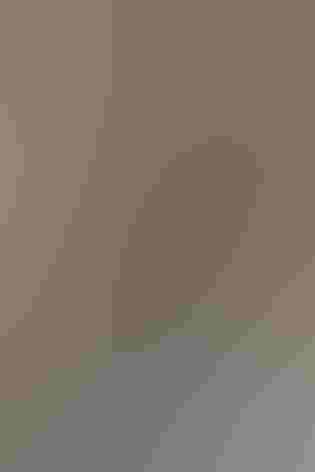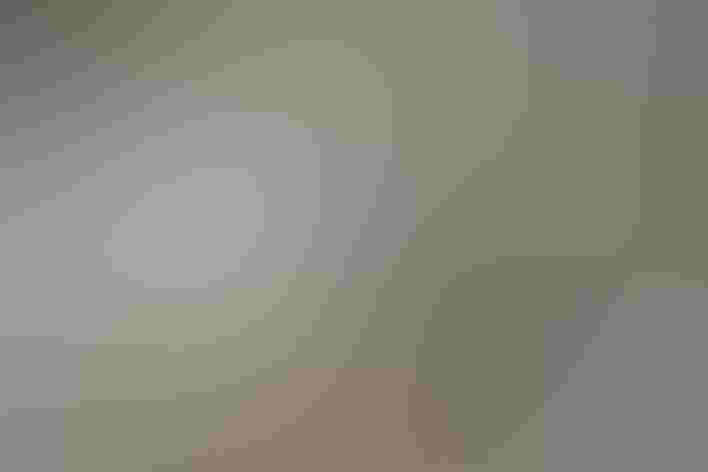Rough-legged Hawk
At a Glance
Of our soaring Buteo hawks, this is the only one tied to cold climates. It nests in the Arctic, mostly in tundra regions north of the boreal forest; in winter, only a few move farther south than the central United States. Its breeding success on the tundra is often dictated by the population cycles of lemmings, which may provide most of the food for the young. The name 'Rough-legged' refers to the feathering that extends down the legs to the base of the toes -- a helpful adaptation for staying warm in frigid weather.
All bird guide text and rangemaps adapted from Lives of North American Birds by Kenn Kaufman© 1996, used by permission of Houghton Mifflin Harcourt Publishing Company. All rights reserved.
Category
Hawk-like Birds, Hawks and Eagles
IUCN Status
Least Concern
Habitat
Fields, Meadows, and Grasslands, Saltwater Wetlands, Tundra and Boreal Habitats
Region
Alaska and The North, California, Eastern Canada, Florida, Great Lakes, Mid Atlantic, New England, Northwest, Plains, Rocky Mountains, Southeast, Southwest, Texas, Western Canada
Behavior
Flap/Glide, Hovering, Soaring
Population
590.000
Range & Identification
Migration & Range Maps
Migrates relatively late in fall and early in spring. Numbers appearing south of Canada are quite variable from one winter to the next.
Description
19-24" (48-61 cm). W. 4' 4 (1.3 m). In flight, tail shows white at base, dark banding at tip; blackish patch at wrist of wing contrasts with paler flight feathers. Body plumage quite variable; typical juvenile shows black belly contrasting with streaked buffy chest. Dark-morph birds are hard to identify when perched, but show distinct pattern on wings and tail in flight.
Size
About the size of a Heron, About the size of a Mallard or Herring Gull
Color
Black, Brown, Tan, White
Wing Shape
Fingered, Long, Rounded
Tail Shape
Rounded, Square-tipped
Songs and Calls
Loud or soft whistles, often in a descending scale.
Call Pattern
Falling, Simple
Call Type
Scream
Habitat
Tundra escarpments, arctic coasts; in winter, open fields, plains, marshes. Spends the winter in open country, including grasslands, coastal prairies and marshes, farmland, dunes. Breeds mostly on tundra, in areas having cliffs for nest sites; some breed along northern edge of coniferous forest zone.
Sign up for Audubon's newsletter to learn more about birds like the Rough-legged Hawk
Behavior
Eggs
Usually 3-5, sometimes 2-6. In some areas, supposedly may lay more eggs in years when rodents are abundant. Eggs pale bluish-white, fading to white, blotched with brown and violet. Incubation is by female, roughly 31 days (male may sometimes sit on eggs briefly). During incubation, male brings food for female.
Young
Female remains with young at first; male brings food, female feeds it to young. Later, both parents hunt. Age of young at first flight about 5-6 weeks, and they remain with parents for another 3-5 weeks.
Feeding Behavior
Often hunts by hovering over fields, watching for movement below. Also hunts by watching from a perch, or patrolling low over ground.
Diet
Mostly rodents. On breeding grounds, feeds heavily on lemmings and voles. During high population cycles, lemmings may be more than 80% of summer diet. Also eats many birds. In winter and migration, eats voles, mice, ground squirrels, other small mammals, plus occasionally birds, frogs, insects. May readily feed on carrion in winter.
Nesting
In breeding season, members of pair circle together high in air. One may perform sky dance, alternately flapping to high elevation and then diving steeply. Nest site is usually on a narrow ledge or niche in high cliff. Sometimes nests on slopes, atop large rocks, even on level ground. At edge of forest, may nest in top of tree. Nest is a bulky structure of sticks, bones, debris, lined with grasses and twigs.
Conservation
Conservation Status
Local populations in the Arctic go up and down, largely as a result of rodent populations there. Overall numbers of Rough-legged Hawks are apparently healthy.
Climate Threats Facing the Rough-legged Hawk
Choose a temperature scenario below to see which threats will affect this species as warming increases. The same climate change-driven threats that put birds at risk will affect other wildlife and people, too.
















